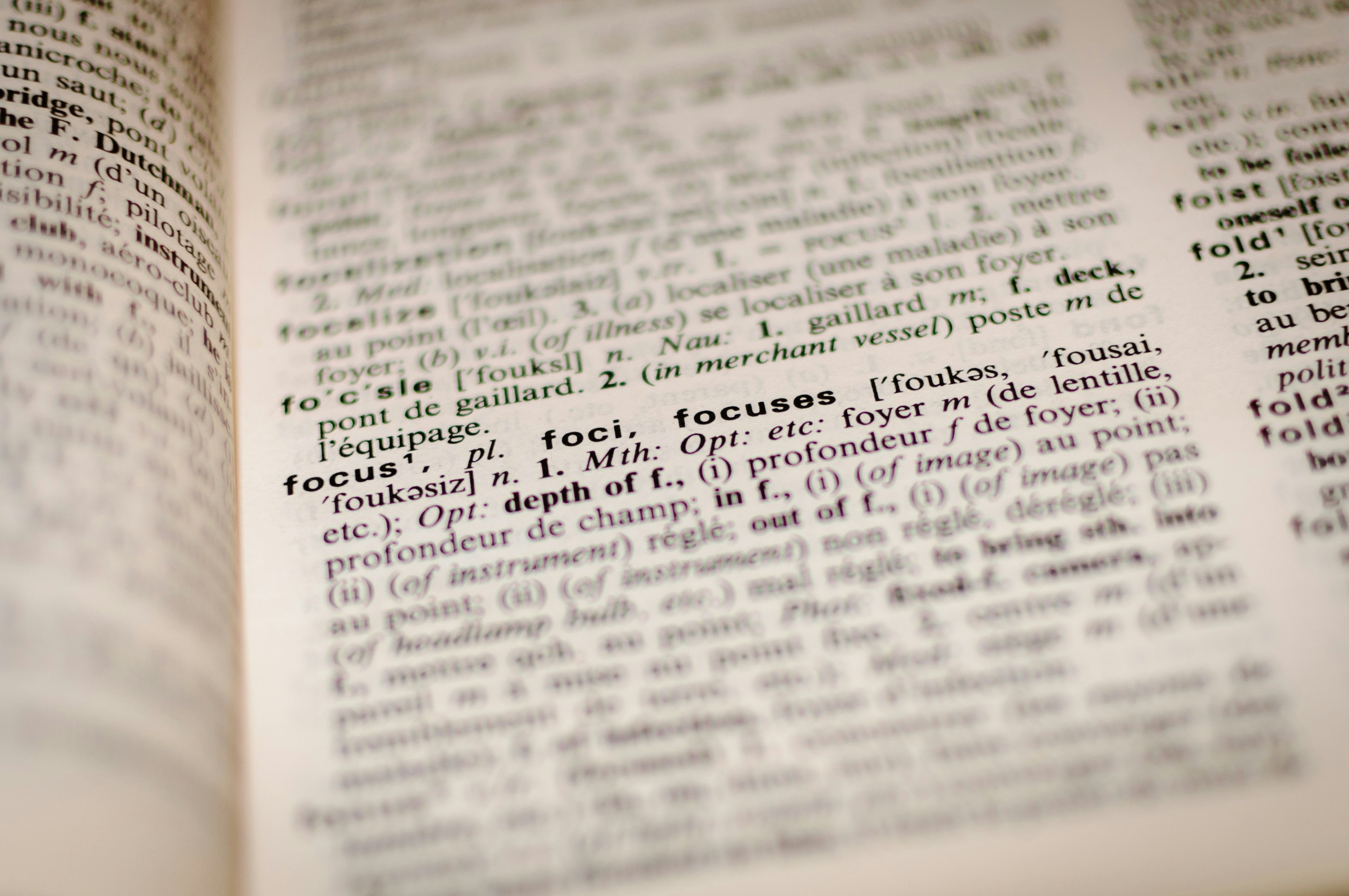FOCUSING ON CONNECTIONS AND ORAL NARRATIVES
Narratives. Stories. We all tell them. We learn from them. We teach with them. We listen to them .
For young learners, narrative demands begin with a simple question, “How was your day?” No matter your child’s ability, language level, speech intelligibility, and cognition; we want this simple question to be answered fully by them. Here is the problem, most therapy albeit speech therapy, ABA therapy, OT, etc. is not built for that question to be answered to satisfaction. Here is why…most therapy is working on noun identification and labeling in its onset. The parent and social contradiction is that most people do not care about the number of nouns you know or your ability to label…they want to know actions and feelings.
In short, three things drive and continue human interactions or conversations.
- What happened (actions)
- Who did it (people)
- How do you feel (feelings)
Here is the problem: TEACHING actions,people, and feelings happen later. The bigger shame is that connecting these elements to relevant human experiences don’t usually happen. For example, learning “The girl is happy” or “The boy is swimming” from a card is very different from looking at family/friend pictures and saying “Mommy is eating”. When we decide to do this kind of work (which takes more time on the part of the therapist to prepare for sessions), we indirectly guide our clients to tune in. Since social relatedness, attunement, etc. are challenges why teach learners with autism to apply learned language concepts to people and things they have no experience with? Our clients may not know “the girl”, but they do experience their sister “Emily” daily. So essentially, you can graduate from therapy and label pictures very well. AND most therapists have the same pictures!!! This means that even if your child moves from one center to another, they will see the same cards…and we have the nerve to take data on challenging behaviors. I can now understand throwing a bit better. Graduating from therapy and not being able to look at your environment and make meaningful verbal connections is the problem paid for.
So what should a parent do when looking at their child’s therapy?
Get the therapist to move past the “He/She is not ready to learn that” statement. Find someone (a therapist) who gets it! It is important to move the conversation because the world is happening. Outside of the half hour speech session and the three hour ABA session, the world is moving. And therapy must meet the world so that our client’s can grow and be self-sufficient.
What should the well meaning therapist do?
Position your treatment to change and then be impactful in your therapy clinic, school, university, etc. Use real world materials (USA today, family pictures, family videos, etc.)
Teaching oral narratives. The ability to share what I see, think, feel, and history is innate to all people. Everyone deserves the right to learn from and share stories regardless of diagnosis and ability.
Let’s THRIVE and focus on making people better for having known us!
Landria Seals Green, MA., CCC-SLP
~SLP GURU

Leave a Reply